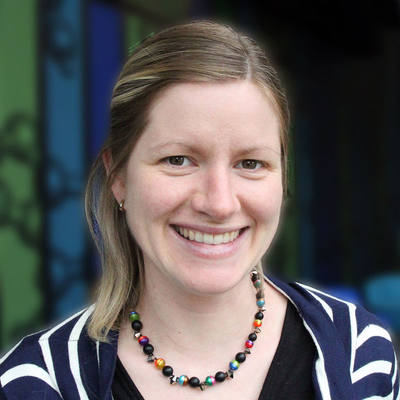
Alumni
This person is a member of Sanger Institute Alumni.
Since my PhD I have been working on the population genomics of several species including plants (seagrass and the garden pea) as well as the model species Drosophila melanogaster. In the latter system, I have been working on an experimental evolution experiment identiying patterns of selection during adapation to high temperature environments in the lab, in particular with respect to haplotype structure.
Here, I am working on population genomics of the protist parasite Leishmania that causes the neglected tropical disease leishmaniasis. The Leishmania parasite is transmitted by sandflies that infectect humans and other mammalian host during blood feeding and has two main life stages, an extracellular stage in the sandfly and an intracellular stage in the blood cells of the mammalian host.
Two main characteristics make the genomics of this species particularly interesing: First, Leishmania reproduces predominantly clonally in both life stages by simple mitotic cell division but patterns of sexual reproduction have also been observed after passage through the sandfly vector. Second, Leishmania shows mosaic aneuploidy, where individual chromosomes can occur in varying copy numbers even within a single strain.
I am particlarly interested in understanding and quantifying theses phenomena as they have impact on species evolution, the efficacy of selection and therefore also the spread of drug resistance.
My timeline
Started as a Postdoctoral Fellow in the Parasite Genomics Group at the Wellcome Trust Sanger Institute, UK
Started Postdoctoral Research at the Institute of Population Genetics, Vetmeduni Vienna, Austria
PhD in Evolutionary Bioinformatics, Westfaelische Wilhelms-University Muenster, Germany
Diploma in Bioinformatics, Johann Wolfgang Goethe-University Frankfurt, Germany